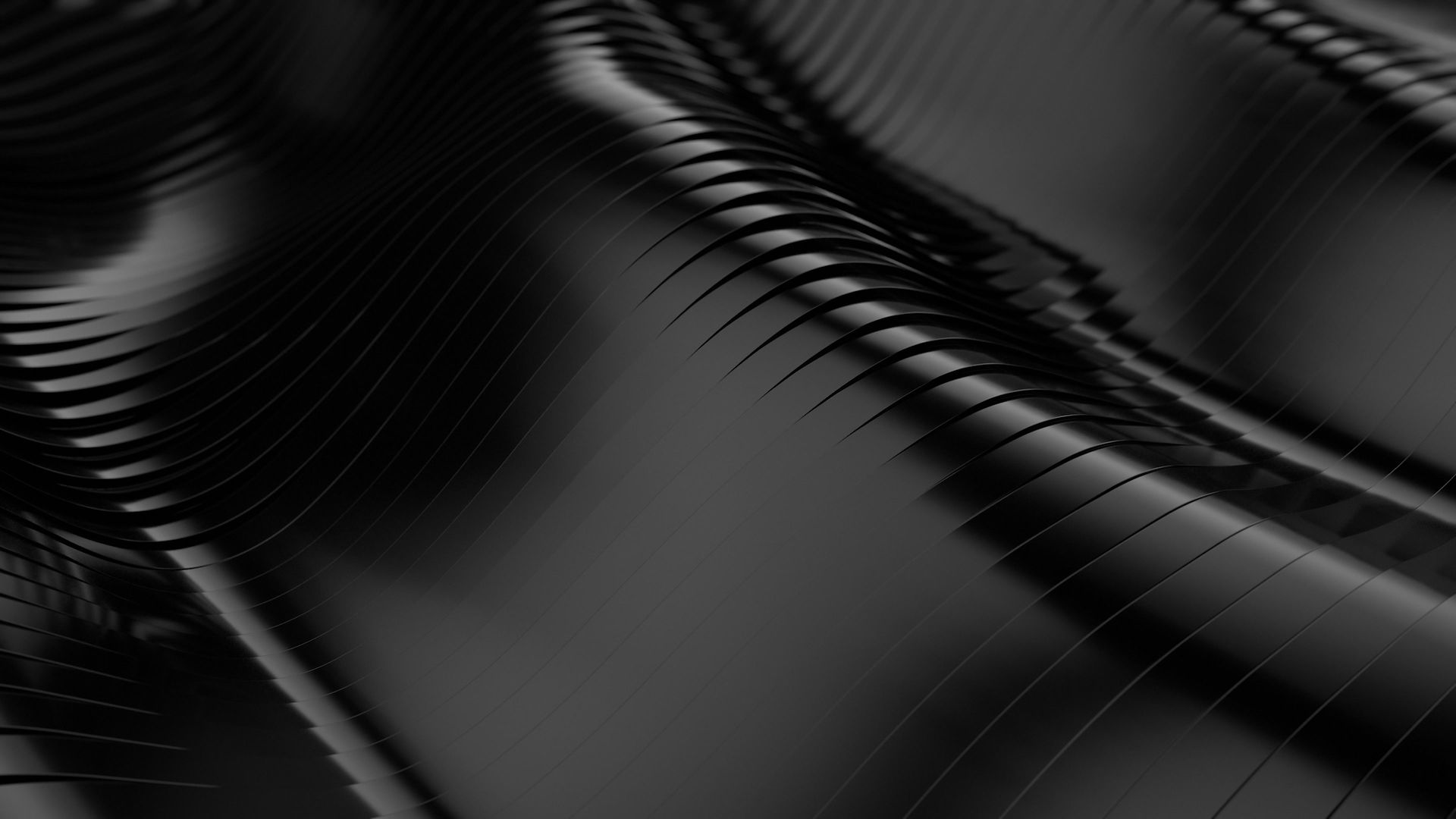More K's, More Confusion: Resolution is Only Part of the Story.
- ARC Brand & Creative

- May 28
- 4 min read

In the world of modern video production, resolution gets a lot of attention. It’s become a primary spec that camera makers and screen manufacturers love to promote, and for good reason - it’s easy to understand and easy to market. The main marketing strategy: More is better.
But here’s the thing: resolution is just one piece of a much larger puzzle.
From 1080p to 4K, all the way up to 12K, every resolution has its strengths. The key is understanding when those extra pixels actually make a difference - and when they’re just adding unnecessary weight to your workflow, slowing you down.
The Resolution Arms Race

It’s impossible to talk about modern video without acknowledging the steady climb in available resolutions in recent years. Over the past decade, we’ve moved from 1080p as a standard to 4K as the norm, with 6K, 8K, and even 12K options joining the conversation.
This increase has driven innovation, and in many ways, it’s made high-end tools more accessible. But it’s also created a misconception: that higher resolution is explicitly linked to better quality. Sometimes higher IS better. Sometimes its overkill, and slowing down productivity.
In reality, it depends on the context of your specific situation. Resolution is a tool, not a trophy.

Why Higher Resolutions Matter in Production
There are some very practical reasons to shoot in 6K, 8K, or higher. Many professionals do this not because they’re delivering a final video product in that resolution, but because it opens up creative and technical flexibility during production and post.
Here are a few real advantages:
Reframing in post: Shooting wide in 8K lets you punch in to multiple 4K crops without losing detail.
Stabilization: Higher resolution provides room to apply stabilization without sacrificing image sharpness in the final export.
VFX and compositing: More pixels mean more data for tracking, rotoscoping, and integrating effects cleanly.
Downsampling benefits: Capturing in 6K or 8K and finishing in 4K often results in a cleaner, more detailed image with better color fidelity and reduced noise.
Future-proofing and archiving: For projects that may live on for years or be re-released on future formats, higher resolution masters can offer insurance against obsolescence.
Shooting in 8K isn’t overkill if there’s a reason for it. It’s just important to understand what the extra data is buying you.
Deliverables: Why 4K Still Holds the Line
While higher resolutions offer advantages on set, most final outputs don’t need anything above 4K. And in many cases, audiences can’t even see a difference beyond that point.
Streaming platforms, social media, broadcast TV, and most corporations either don’t support higher video resolutions or heavily compress their videos. For the common viewer sitting ten feet from a 55-inch TV, the perceptual leap from 4K to 8K is almost nonexistent. In fact, many movie theaters only use 4K or even 2K resolution files in their DCP presentation formats.
That’s not to say 8K+ deliverables are bad. But in most scenarios, they’re not necessary. They increase file sizes, slow down post-production, and demand more computing power without giving your audience a noticeably better experience.
This is why many professionals shoot at higher resolutions, but still finish in 4K- or even 1080p for certain platforms.

What Really Impacts Image Quality
Resolution is easy to quantify, but it’s far from the only factor that shapes how good a video looks.
Here are some things that often matter more:
Lighting and exposure: Good lighting creates depth, focus, and tone. No resolution can save a poorly lit shot.
Lens quality: Sharpness, character, and depth all start with glass.
Color grading and contrast: A well-graded 1080p image can feel more cinematic than a flat-looking 8K frame.
Compression: Social platforms and streaming services apply heavy compression. At that point, resolution matters less than how the image was prepared and delivered.
This is also where cinematographer Steve Yedlin’s resolution demo comes into play. Yedlin, whose credits include Star Wars: The Last Jedi and Knives Out, compared various capture formats- from 1080p to 6K - and demonstrated that perceived sharpness and image quality had more to do with contrast and processing than raw pixel count.
Even more telling? Yedlin confidently uses HD for professional work and argues that with the right techniques, it holds up beautifully. His case study is a reminder that visual quality isn’t driven by numbers alone. It’s about how all the elements of the image work together.
What Works for You?
The takeaway here isn’t that high resolutions are unnecessary. It’s that they need to be used with intention.
8K is not a gimmick, and neither is 6K or 12K. These formats offer real benefits for certain workflows and can be critical tools in the hands of the right team. But more pixels don’t automatically mean better results.
Understanding your project goals, your audience, and your delivery platform should drive the resolution decisions- not hype.
For most deliverables, 4K remains the practical, visual, and technical sweet spot. Everything beyond that is about what you plan to do before the export button gets pressed.





Comments